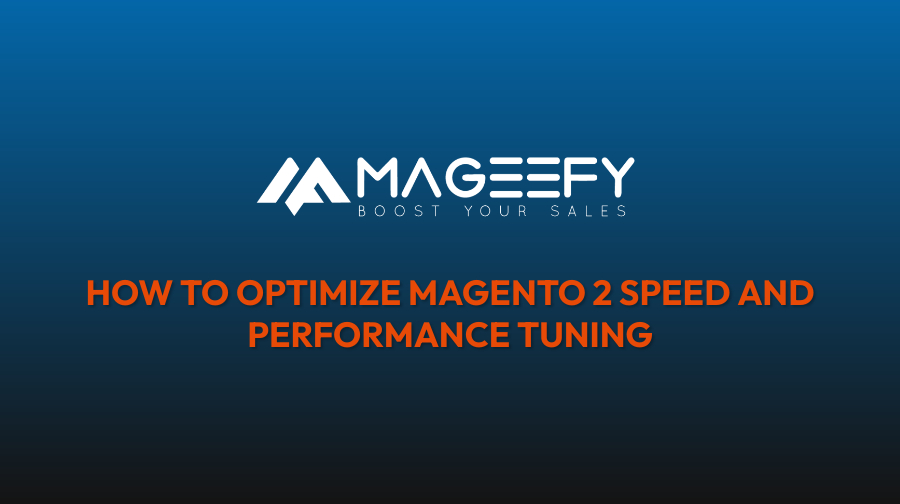
Optimizing the speed and performance of a Magento 2 store is essential to provide a smooth and fast browsing experience for your customers. Here are several strategies and techniques you can employ to optimize Magento 2 speed and performance:
-
Enable Caching:
- Enable full-page caching in Magento 2. It significantly reduces the load on your server by serving cached pages to visitors, resulting in faster page loading times. You can enable it in the Magento Admin under "Stores" > "Configuration" > "Advanced" > "System" > "Full Page Cache."
-
Enable Flat Catalog:
- Magento 2 uses the EAV (Entity-Attribute-Value) database structure by default, which can slow down performance. Enabling the flat catalog can improve performance by storing product data in a single table. You can enable it in the Magento Admin under "Stores" > "Configuration" > "Catalog" > "Catalog" > "Storefront" > "Use Flat Catalog Category" and "Use Flat Catalog Product."
-
Optimize Images:
- Compress and optimize your product images to reduce their file sizes without compromising quality. You can use image compression tools or Magento extensions that automatically optimize images during upload. Smaller image sizes lead to faster page loading times.
-
Enable JavaScript Bundling and Minification:
- Magento 2 has built-in features to bundle and minify JavaScript and CSS files. Bundling combines multiple files into a single file, reducing the number of requests made to the server. Minification removes unnecessary characters, whitespace, and comments from code, reducing file sizes. Enable these options in the Magento Admin under "Stores" > "Configuration" > "Advanced" > "Developer" > "JavaScript Settings" and "CSS Settings."
-
Use Content Delivery Networks (CDNs):
- Utilize a CDN to distribute your static content (images, CSS, JavaScript) across multiple servers located in different geographic regions. CDNs cache your content closer to your visitors, reducing the distance it needs to travel and improving page loading times.
-
Optimize MySQL Database:
- Regularly clean up and optimize your Magento database. You can remove unnecessary log entries, old data, and perform index optimization. Magento provides various command-line tools like
bin/magento indexer:reindexandbin/magento cleanup:commandto help with database optimization.
- Regularly clean up and optimize your Magento database. You can remove unnecessary log entries, old data, and perform index optimization. Magento provides various command-line tools like
-
Enable Gzip Compression:
- Enable Gzip compression on your web server to compress the data being sent to visitors' browsers. Compressed files are smaller, resulting in faster transfer times. You can typically enable Gzip compression through server configurations or using plugins/extensions.
-
Upgrade to the Latest Magento Version:
- Ensure your Magento 2 installation is up to date. Upgrades often include performance improvements and bug fixes. Always test upgrades on a development environment before applying them to your live store.
-
Use a Reliable Hosting Provider:
- Choose a hosting provider that specializes in Magento hosting and offers optimized server configurations. Look for providers that support technologies like Varnish caching, SSD storage, PHP accelerators, and have good network connectivity.
-
Monitor and Analyze Performance:
- Utilize performance monitoring tools to track your website's performance, identify bottlenecks, and measure the impact of optimization efforts. Tools like New Relic, Google PageSpeed Insights, or GTmetrix can provide valuable insights into your site's performance.
Implementing these optimizations can significantly improve the speed and performance of your Magento 2 store. Remember to regularly monitor and test your website to ensure ongoing performance improvements.

 Register
Register Sign in
Sign in



